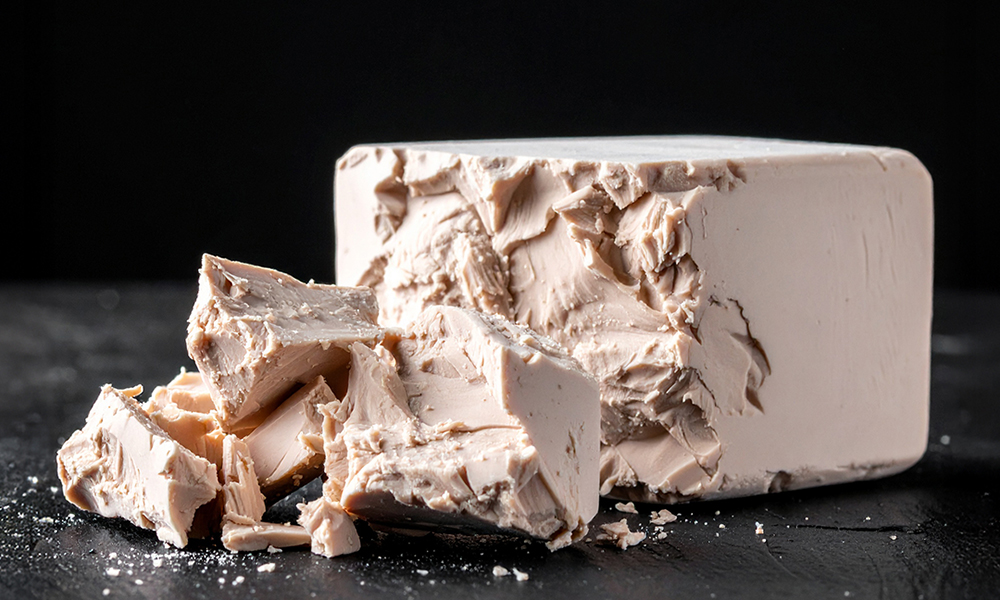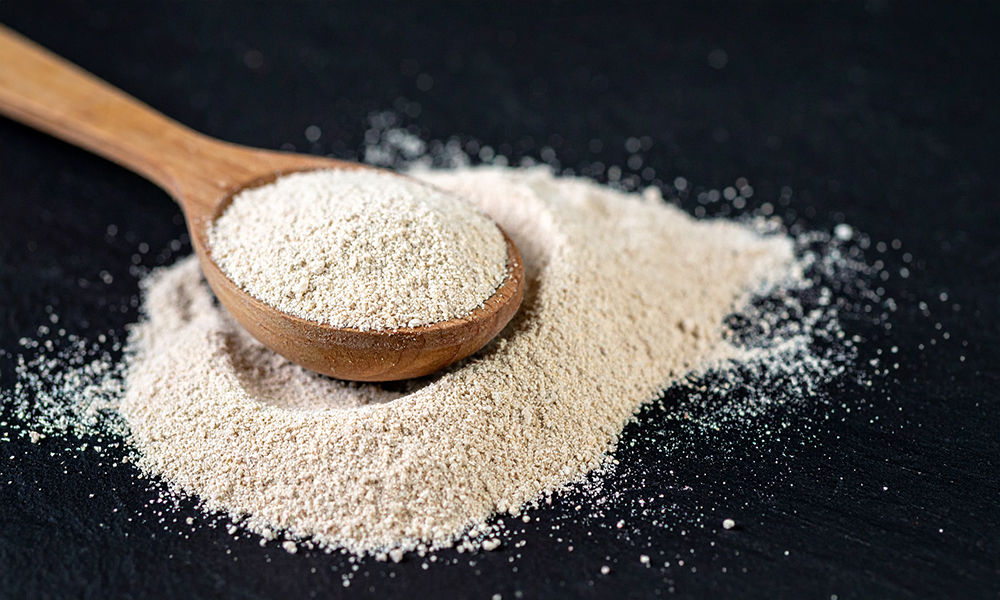
The sourdough Saccharomyces cerevisiae is the most important microorganism produced commercially and used safely. During the production of sourdough and dough preparation, yeast cells are exposed to various environmental conditions and these conditions may adversely affect the cells. One of the important technological developments in dough making is to develop strains with high fermentation capacity and resistant to various environmental conditions. For example, dry yeast is more preferred than fresh yeast due to its high shelf life. For industrial applications, the tolerance of yeast cells to stresses is one of the characteristic features of sourdough. Therefore, it is of great importance to develop yeast strains resistant to different stress conditions.
Preparation of Raw Materials;
Yeast production is not only the production of biomass. Yeast cells are also required to have high metabolic activity in order to make the dough rise. The most preferred raw material for sourdough production is molasses, a by-product of the sugar production process.
Molasses Syrup Preparation;
Yeast production is a high volume process and the design of the medium required to produce the yeast is crucial for process economics. Most processes today utilise molasses as a source of sucrose for yeast production. Molasses is a by-product of the sugar industry and is generally divided into beet molasses and cane molasses. Whether beet or cane molasses, their composition may vary seasonally and from region to region. During the production of yeast, it is generally followed to mix molasses from different sources and to add the nutrients that are thought to be deficient. There is a relationship between yeast composition and molasses composition. When compared in terms of the most abundant elements in yeast, it is seen that molasses is sufficient in terms of carbon, potassium, magnesium, sulphur and calcium, but deficient in nitrogen and phosphorus. Ammonium salts, aqueous ammonia or urea are used as nitrogen sources during the production of sourdough. Nitrate and nitrite cannot be utilised by yeast.

FRESH YEAST
The most commonly used form is wet or pressed yeast. To produce this form, the cream is passed through a rotary filter or vacuum filter, a machine that sucks the liquid. A thin layer is obtained. This layer is then processed in a mixer that compacts the yeast. It is cut into cubes and packaged. Wet or compressed yeast has roughly 30 to 32 per cent dry matter.

DRY YEAST
To obtain dry yeast, the cream passes through a rotary filter and then goes to an extruder and a drying plant. Through this process, the water contained in the yeast is thermally removed. In this way, yeast with a dry content of 90-95% is obtained.
Yeast production is about creating the right conditions for fermentation and ensuring the proliferation of cells. These two types of yeast can be used in many different products, from bread to food supplements.
Sources; https://webdosya.csb.gov.tr/db/sanayihavarehberi/icerikler/16_hamur-mayasi-uret-m–20200103075114.pdf https://tr.exploreyeast.com/maya-nedir/modern-maya-uretimi/
